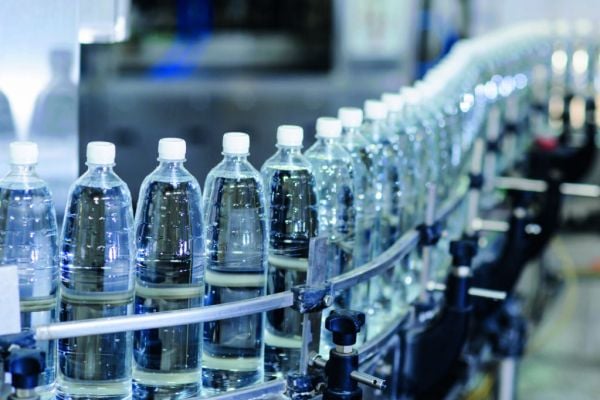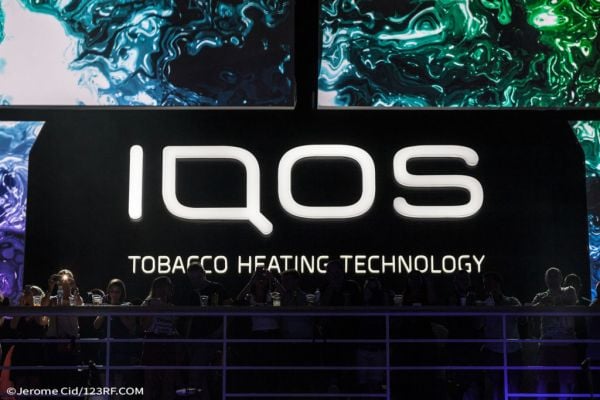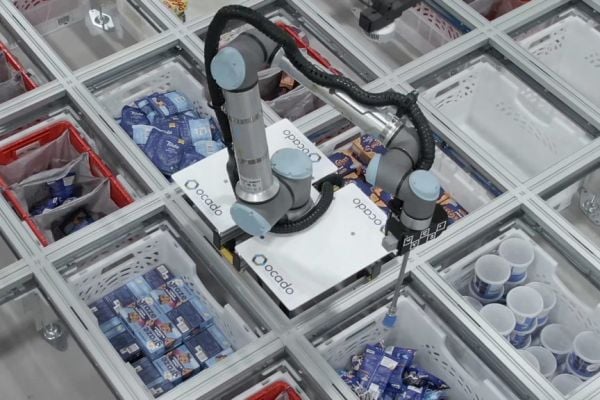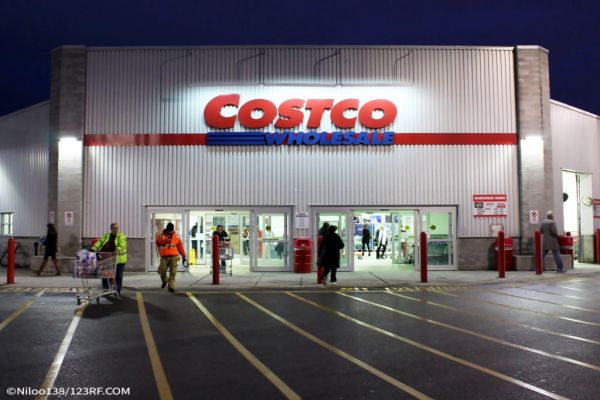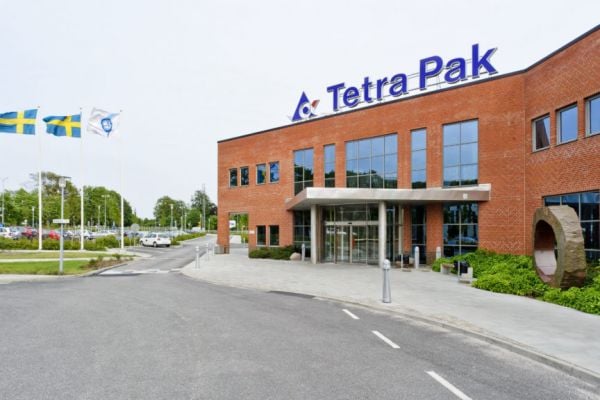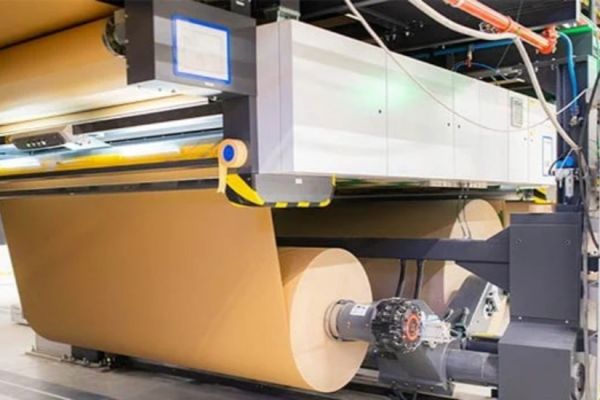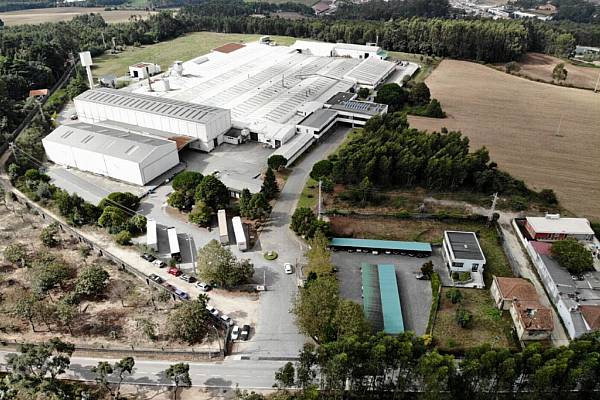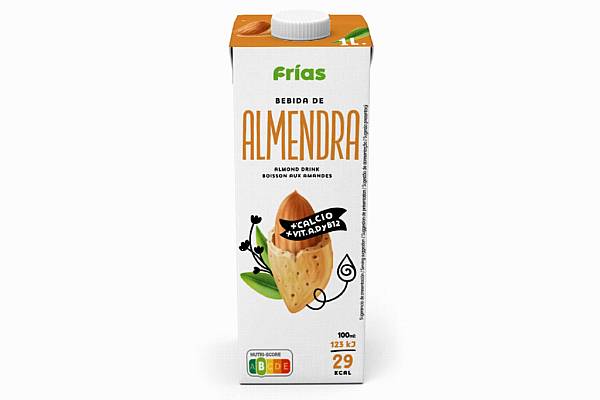Amidst an increasing backlash against flexible plastics, due the challenges involved in recycling these materials, some manufacturers are looking to labelless or label-free PET packaging. But is this an effective solution? Russell Wiseman, head of global beverage solutions at Domino Printing Sciences investigates.
Around the world, PET is the most recycled plastic, with recycling rates exceeding 50% in certain regions, including India, Europe, and South Korea, but there is still a lot that can be done to improve this figure.
Removing labels from PET bottles is one such step – a measure that is being explored with interest in specific Asian beverage markets, with other regional marketplaces expected to follow suit.
In December 2020, the Ministry of Environment of the Government of South Korea launched a campaign to promote kerbside disposal of transparent PET bottles alongside new legislation prohibiting external labels on bottled water from January 2026. Ten major Korean mineral water producers subsequently signed agreements to release new product lines using labelless PET bottles.
Elsewhere, in Japan, the government has also set out a plan to move towards using 100% recycled plastic packaging by 2035. Japan has relatively strict rules for recycling plastic – consumers must separate PET bottles from their labels and caps – and labelless PET bottles would make the process easier.
Several of Japan’s key beverage companies are already starting to promote labelless packaging in their core beverage brands.
Read More: Plastic Consumption On Course To Nearly Double By 2050
The Benefits Of Labelless PET
Not only are labels of PET bottles often not recyclable – creating additional plastic waste and necessitating removal either prior to collection or as part of the recycling process – but they can cause issues with the identification of bottles in recycling facilities.
Labels may be made from plastics other than PET, and as many recycling facilities use machine optics to identify different materials, using alternative plastic labels can cause PET bottles to be incorrectly identified.
By comparison, removing labels from PET can significantly reduce plastic waste – the Ministry of Environment of the Government of South Korea reported that removing all labels from plastic water bottles could save the country 24.6 million tonnes of plastic waste per year – and simplify recycling, as consumers and recyclers don’t have to remove or dispose of plastic labels separately. The risk of incorrect bottle identification is also mitigated.
Labelless PET bottles can also reduce the financial burden for manufacturers in regions where plastic taxation has been implemented.
For example, in the UK, items of single-use plastic packaging that contain less than 30% recycled content are taxed at £200 (€234) per tonne. While PET bottles can easily incorporate above 30% recycled content, labels and caps – which do not typically contain any recycled material – are taxed separately.
Tesco recently reported that plastic taxation for labels accounts for approximately 10% of the total annual plastics tax liability for one prominent own-brand beverage line.
Despite the obvious benefits, labelless PET bottles do also present challenges for brands – not least that of ensuring that an item adheres to regulatory labelling requirements and displays the pertinent information for consumer understanding, without relying on external labels.
Coding On Labelless Bottles
There is a range of solutions for coding and marking labelless PET bottles – the most appropriate solution for brands will depend on a number of factors, including regional labelling requirements and whether the bottles will be sold as part of a multipack or individually.
For multipack bottles, it may be possible to include compulsory labelling requirements as part of the secondary packaging, removing the need for coding on individual bottles. Bottles sold individually, however, will undoubtedly require new and innovative coding methods.
Direct Marking On PET bottles
Laser coders can be used to add product data such as nutritional information, composition data, batch codes, barcodes, recycling logos, and other graphics and text onto the body of PET bottles.
The type of laser used will be dependent on individual brands parameters, including:
- Bottled beverage type: Water and clear liquids will require a coding solution capable of achieving a darker contrast than dark-coloured liquids such as colas and other soft drinks.
- PET Thickness: The wall thickness requirement for still water is typically much less than that of carbonated beverages and soft drinks. This can limit the suitability of certain lasers to code effectively without compromising bottle integrity.
- Percentage of recycled PET: Slight impurities in recycled PET can impact plastics’ ability to absorb the wavelength of certain laser types and affect code quality.
Printing On Bottle Caps And Closures
Brands can also choose to print directly on bottle caps. Despite their small size, bottle caps are typically well-suited for simple product branding and logos.
They can also accommodate machine-readable codes, including scannable 2D codes, to provide additional product information, traceability data, and promotional material.
The optimal solution for printing on bottle caps will need to take into consideration multiple different factors, including:
- Cap material: Different inks and lasers are suited to different plastic types, so cap material will ultimately affect technology choice.
- Colour: The required contrast between the cap and the code will affect ink choice and laser suitability.
Code requirement: Linear barcodes and scannable 2D codes require a high-resolution ink or laser coding solution. - Stage at which the caps will be coded: It’s relatively simple to code loose caps, but this may not be a suitable solution for all production lines. Lines requiring cap coding of bottles post-fill will require a product handling solution to ensure coding quality and reduce end-of-line wastage.
Blow Moulding
A key concern for brands exploring labelless bottles will be how to manage branding to ensure that products and packaging are easily recognised and in keeping with brand identity.
Incorporating branding, such as logos and text via on-pack laser coding or directly onto bottle caps, is possible. Another alternative would be to incorporate branded shapes and logos into the bottle design via blow moulding.
Conclusion
Labelless bottles are an exciting new trend in the beverage industry – and while legislation prohibiting the use of external labels of PET bottles is currently restricted to certain Asian markets, it could be just a matter of time before other regions follow suit.
When choosing a technology for marking labelless PET bottles, the optimal solution may be bespoke, developed to suit specific requirements, and depend on various factors, as explored above.
Brands looking to introduce options due to regulatory requirements or as a reflection of their sustainability commitments should start to research their coding and marking options now, with functionality and branding in mind, to gain competitive advantage.
© 2023 European Supermarket Magazine – your source for the latest packaging news. Article by Russell Wiseman. Click subscribe to sign up to ESM: European Supermarket Magazine.
